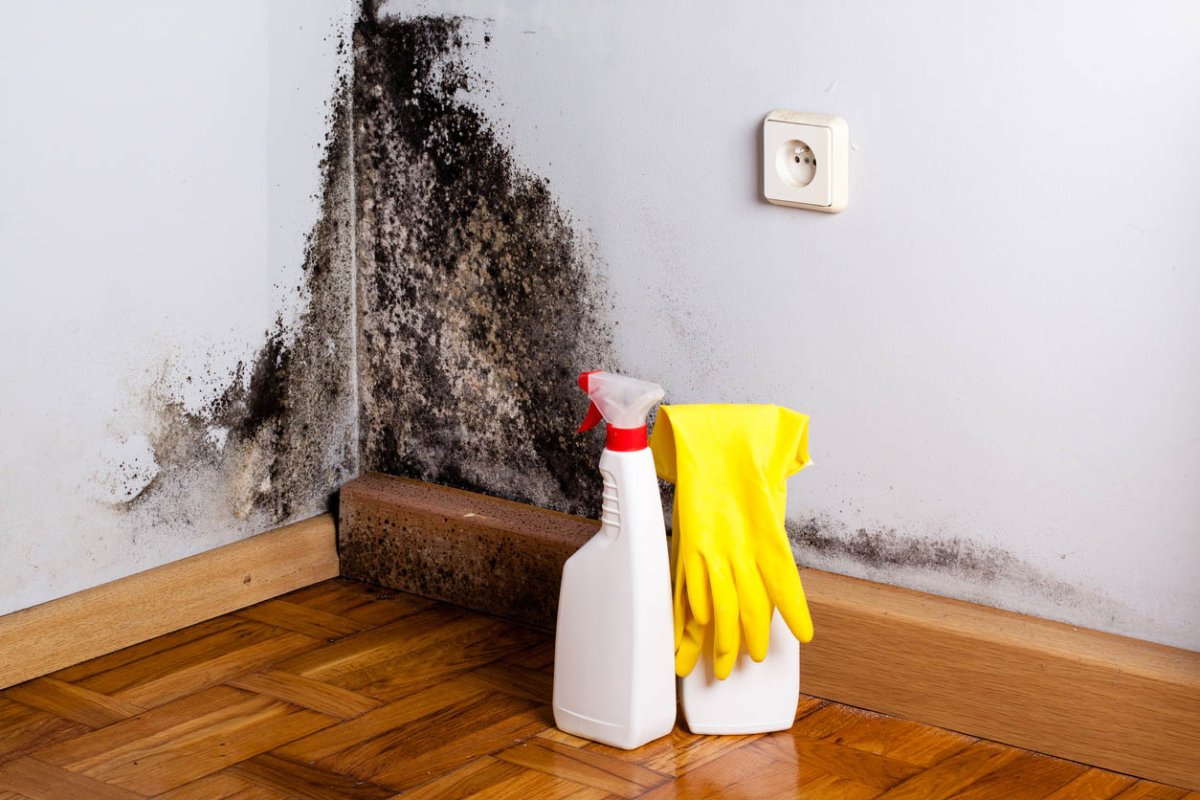
The Need for Professional Mold Remediation
Mold thrives in damp, poorly ventilated areas, posing risks to both property and well-being. Professional mold remediation services go beyond surface cleaning, addressing the root causes of growth. These services are designed to identify hidden mold, assess damage, and implement targeted solutions that prevent recurrence, making them essential for spaces prone to moisture issues.
Key Steps in the Mold Remediation Process
Effective mold remediation follows a structured approach:
- Mold inspection: Certified experts conduct thorough assessments to locate mold colonies, including hard-to-reach areas like wall cavities and under flooring. They use specialized tools to detect moisture levels and identify mold types.
- Containment setup: To prevent mold spores from spreading during removal, professionals establish containment zones using barriers and negative air pressure systems.
- Mold removal: Using industry-approved techniques, specialists safely eliminate mold-infested materials. This may involve cleaning non-porous surfaces or removing and replacing porous items like drywall.
- Sanitization: After removal, affected areas are sanitized to kill remaining spores and prevent regrowth. This step often includes treating surfaces with antimicrobial solutions.
- Moisture control: Addressing the source of moisture—such as leaks or poor ventilation—is critical. Professionals may recommend fixes like repairing plumbing or improving airflow.
Benefits of Professional Services
Choosing certified mold remediation offers distinct advantages:
- Expertise: Trained technicians understand mold behavior and know how to handle different infestation levels, ensuring thorough treatment.
- Advanced equipment: Professionals use specialized tools like moisture meters, HEPA vacuums, and air scrubbers for precise detection and removal.
- Comprehensive solutions: Unlike DIY methods, professional services address both visible mold and underlying moisture issues, reducing the chance of recurrence.
- Safety compliance: They follow industry standards to protect occupants and workers during the remediation process.
Post-Remediation Considerations
After mold remediation, maintaining a mold-free environment requires ongoing efforts:
- Regular inspections: Scheduling periodic checks helps catch early signs of mold growth, especially in high-risk areas like basements and bathrooms.
- Humidity management: Using dehumidifiers and ensuring proper ventilation can keep indoor humidity levels in check, discouraging mold growth.
- Prompt repairs: Fixing leaks or water damage immediately prevents moisture buildup, a primary catalyst for mold.
Professional mold remediation services play a vital role in preserving indoor health and property. By following systematic processes and leveraging expertise, they provide lasting solutions that go beyond temporary fixes. Investing in such services ensures that indoor spaces remain safe, clean, and free from the risks associated with mold.
